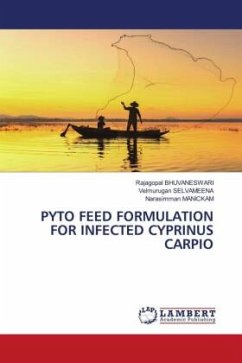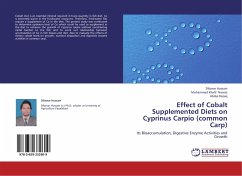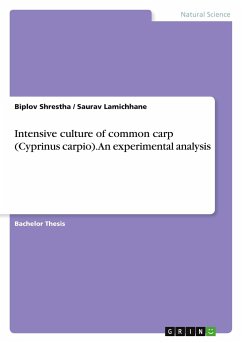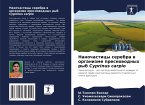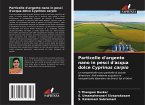Tannery effluent is among one of the hazardous pollutants of industry. Major problems are due to wastewater containing heavy metals, toxic chemicals, chloride, lime with high dissolved and suspended salts and other pollutants. Tanneries generate wastewater in the range of 30 - 35 L/kg skin / hide processed with variable pH and high concentrations of suspended solids, BOD, COD, tannins including chromium. Chromium is the major constituent of tannery effluent, which is the heavy metal and highly toxic to aquatic fauna. Chromium is not known to accumulate in the bodies of fish, but high concentrations of chromium, due to the disposal of metal products in surface waters, can damage the gills of fish that swim near the point of disposal. This book experimentally explains the Chromium toxicity on fresh water edible fish, Cyprinus carpio and explains the impact of tannery effluents.


